What is the Retail Method?
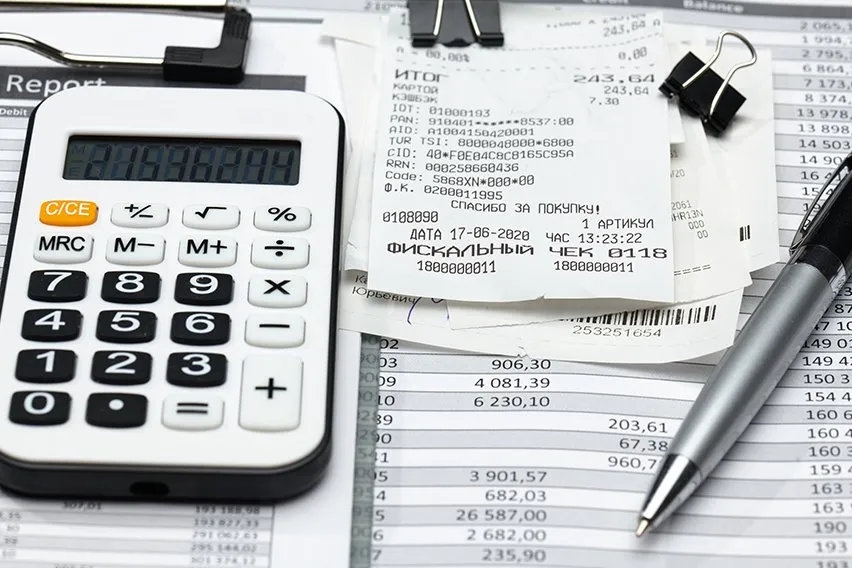
The retail method is an accounting method used to provide a comprehensive account inventory at the item’s retail price in order to detect losses, damages and theft of stock allowing small business owners to track costs, keep account of the goods you’re buying or selling, know how much is left over, and maintain the right amount of inventory at all times. To streamline this process, many retailers use retail accounting software.
What this article covers:
- What Is Retail in Accounting?
- What Is the Retail Method?
- Retail Accounting Advantages and Disadvantages

What Is Retail in Accounting?
An inventory system provides retail-based businesses a comprehensive account of available items and the monetary value of these inventory items. The cost of the inventory affects actual profit, and inventory in stock is considered an asset for the purposes of taxation and business valuation. Using the retail method of accounting, retailers use the projected retail cost to value the inventory.
The central point of this method is estimating the retailer’s ending inventory balances. For this method, the retail amounts and the related cost amounts should be available for beginning inventory and purchases.
What Is the Retail Method?
The retail method uses the cost to retail price ratio to estimate the value of the inventory. To calculate the value of ending inventory, you need to follow these steps:
- Maintain a comprehensive record of purchases and on-hand goods at cost price and retail price
- Calculate a cost-to-retail ratio
Formula = Cost price x 100 / Retail price
- Estimate the ending inventory at retail prices by subtracting the retail price of goods sold from the retail price of goods in inventory
- Convert the estimated inventory at retail price to cost price by applying the cost-to-retail percentage
Example:
If you buy goods for $70 and sell them for $100, your cost-to-retail ratio is 70 percent.
Your beginning inventory cost is $1,000, and you made purchases of $2,000. You had sales of $4000
The calculation of the ending inventory is:
Beginning inventory + Purchases = Goods available for sale
1000 + 2000 = 3000
Goods available for sale – sales (sales x cost-to-retail ratio) = Ending inventory
3000 – 2800 = 200

Retail Accounting Advantages and Disadvantages
The retail method is a quick and easy way of estimating ending inventory balance. A major advantage of this method is that it does not require a physical inventory.
This is beneficial if the business has multiple locations and performing a physical inventory is a time-consuming and costly process. By using retail inventory, an organization can prepare an inventory for a centralized location.
The retail inventory method also allows the organization to create an inventory value report for budgeting or the preparation of financial statements.
On the other hand, the retail inventory method is only an estimate. It is accurate only when all pricing across the board is the same and all pricing changes occur at the same rate.
In most cases, the retail method of accounting is not realistic because of the variations in product pricing. For example, product damage, theft, depreciation, markdowns can affect the price of the inventory. This is why the calculations made using the retail inventory method should serve only as an estimate.
Apart from the retail method, there are three primary cost accounting methods to value inventory – first in first out, last in first out and weighted average cost. The Internal Revenue Service allows retail businesses to use either the direct cost method or the retail inventory method for tax-reporting purposes. Based on the method selected, there can be significant differences in valuation.
RELATED ARTICLES


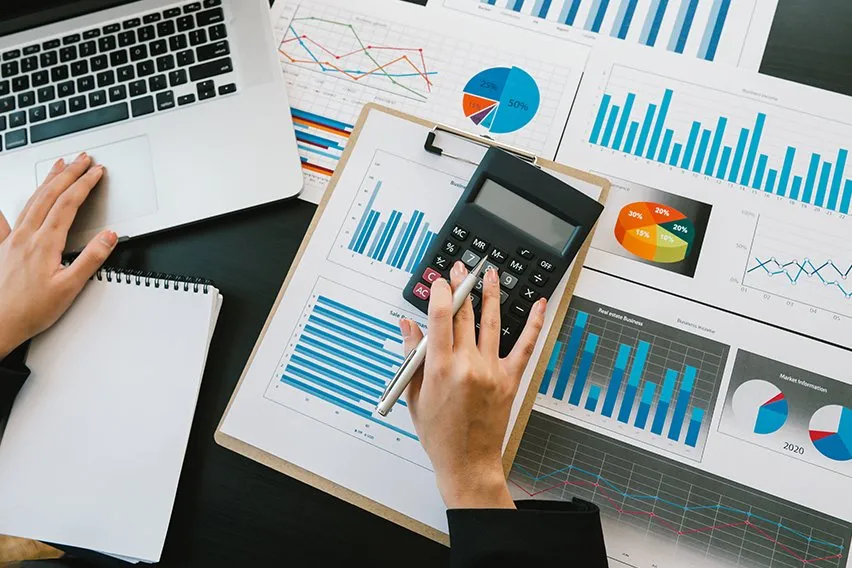 What is Interest Expense?
What is Interest Expense?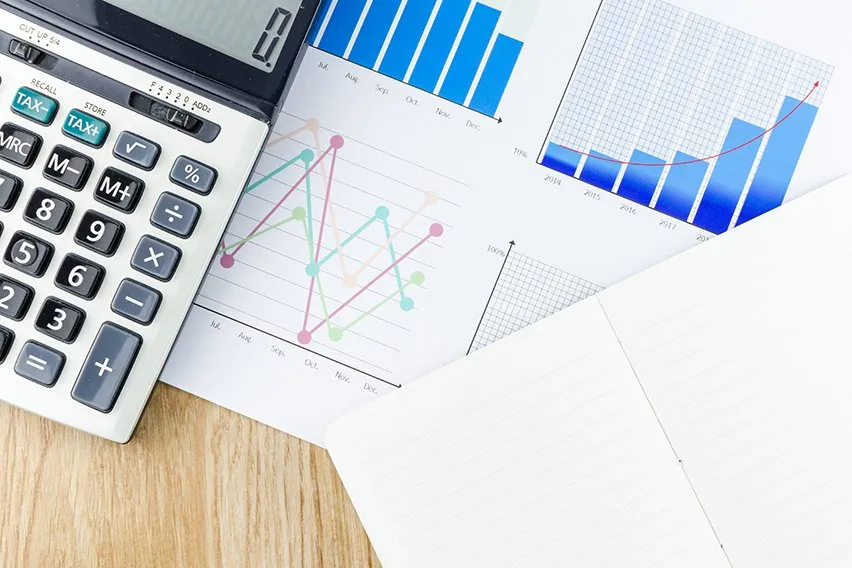 What Is a Profit and Loss Statement?
What Is a Profit and Loss Statement?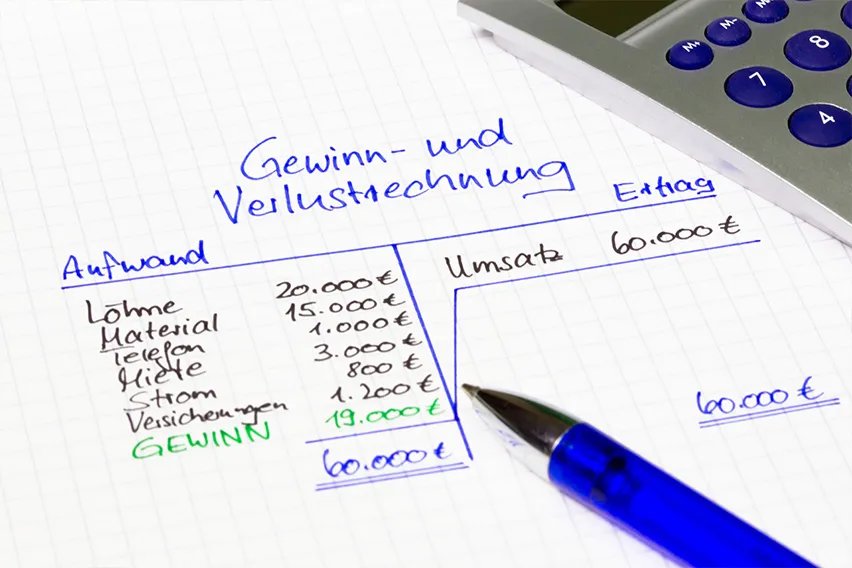 What is a T Account?
What is a T Account?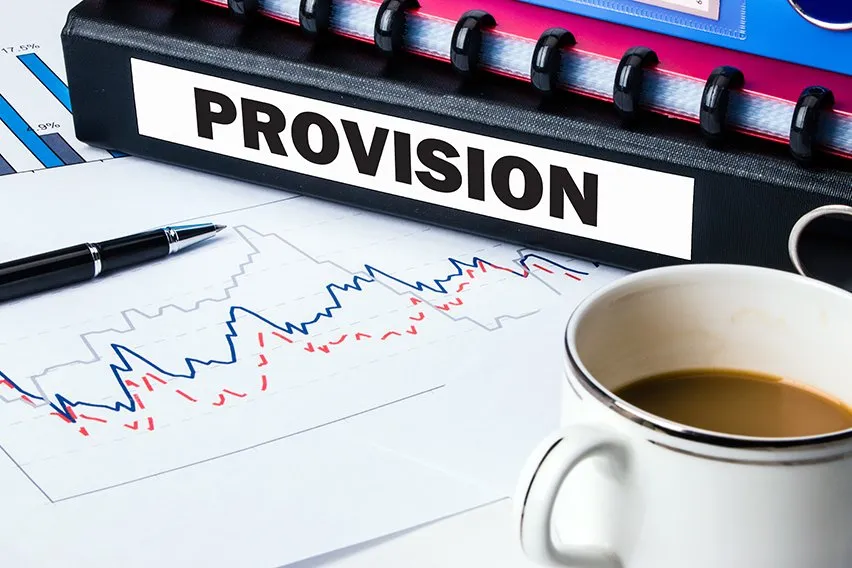 What Are Provisions in Accounting?
What Are Provisions in Accounting? Is Inventory a Current Asset?
Is Inventory a Current Asset?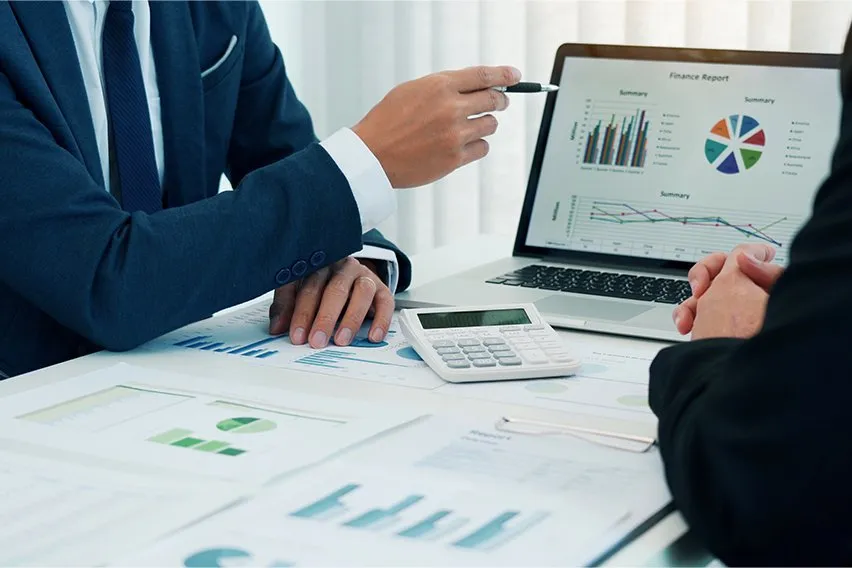 Operating Expenses (OpEx): Definition, Formula, and Example
Operating Expenses (OpEx): Definition, Formula, and Example